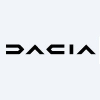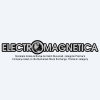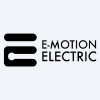Dacia: A Beacon of Practicality in the Automobile WorldIn the bustling world of automobile manufacturing, Dacia, hailing from the land of Romania, emerges as a paragon of...
| COUNTRY | Romania |
Electromagnetica: A Beacon of Innovation in Romania's EV Charging ScenePerched in the bustling heart of Romania, Electromagnetica stands as a colossus within the niche of...
| COUNTRY | Romania |
Electrifying Romania: The Journey of Emotion ElectricAllow me to introduce you to Emotion Electric, a beacon of innovation in the bustling world of electric transportation within...
| COUNTRY | Romania |


